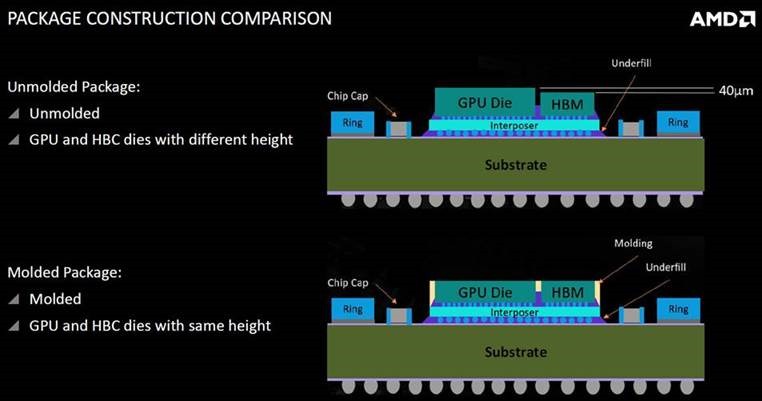[video=youtube;0b9_c4oJRTE]https://www.youtube.com/watch?v=0b9_c4oJRTE[/video]
Was pretty meh about the Radeon VII, until I saw how easy it would be to put underwater with just a GPU block and the stock VRM cooling plate (no need for a full-cover block). Could probably attach it to an existing custom loop for 50 dollars or just slap any half-way decent AIO on it and be good to go.
Will need to see final benchmarks to see how it really stacks up against the competition (mostly the RTX 2080 non Ti), but being fairly simple to dismantle and cool is extremely promising with regards to being able to overclock the card.
Was pretty meh about the Radeon VII, until I saw how easy it would be to put underwater with just a GPU block and the stock VRM cooling plate (no need for a full-cover block). Could probably attach it to an existing custom loop for 50 dollars or just slap any half-way decent AIO on it and be good to go.
Will need to see final benchmarks to see how it really stacks up against the competition (mostly the RTX 2080 non Ti), but being fairly simple to dismantle and cool is extremely promising with regards to being able to overclock the card.


